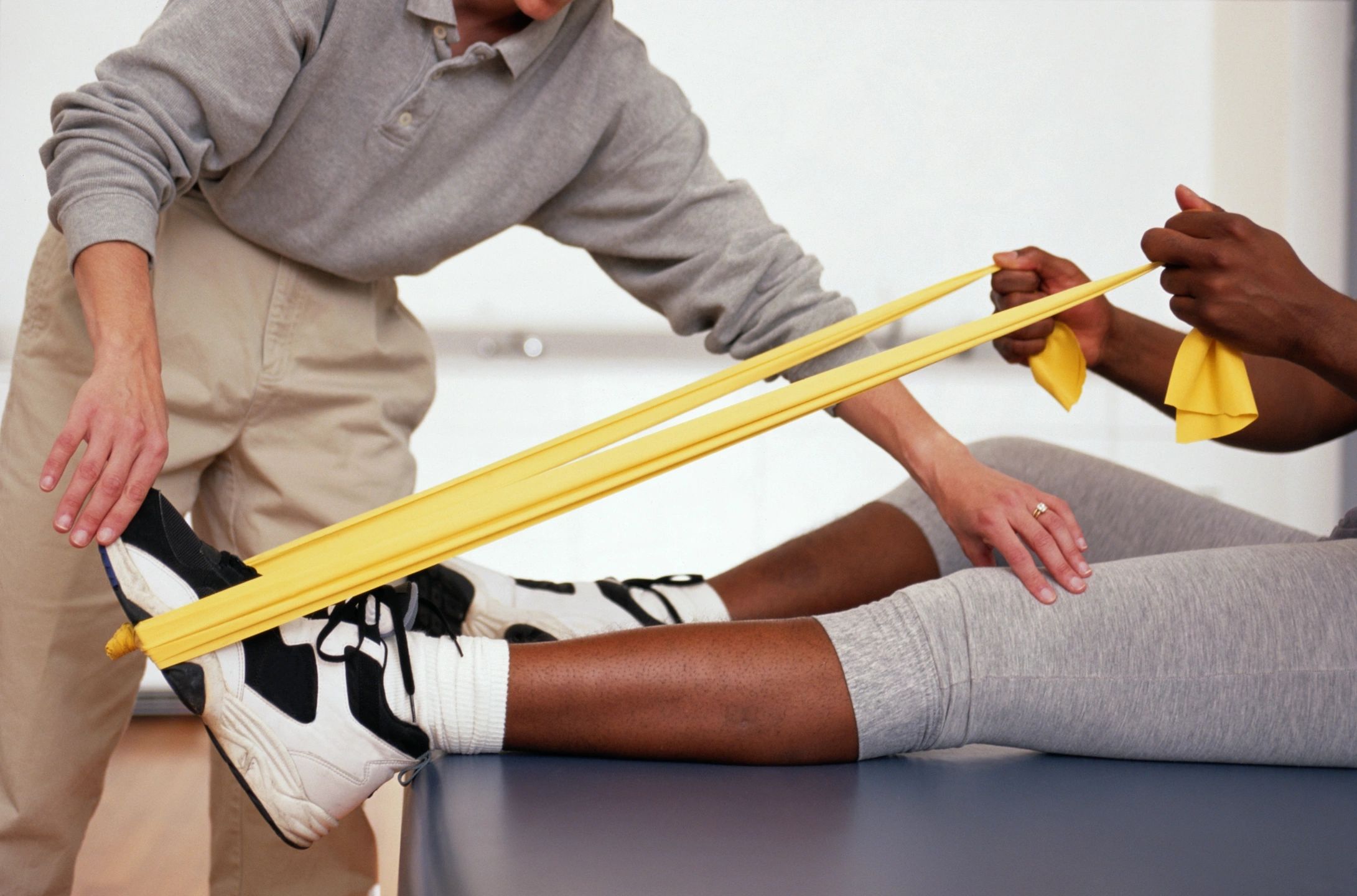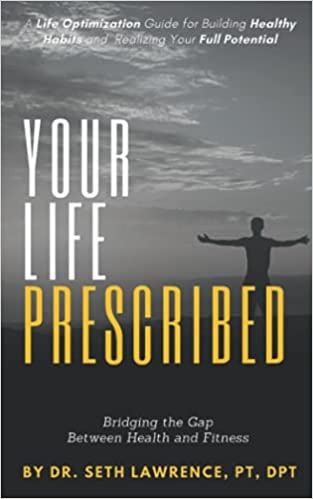If you are currently or have ever had a parent you will enjoy this conversation. The age-old story of posture is one that we all know. I remember getting a swift palm upside the head when I was young after the umpteenth time my mother had to tell me to sit up straight. The thing is, she went through the same thing with her mom and I am going through the same thing with my kids today. Why is it so important that we sit up straight? To our parents it’s because we just look bad sitting slumped over like we are defeated or our dog just died or something.
What we don’t realize are the numerous ramifications poor posture has on our life. Besides all of the confidence issues, blood flow changes to the brain, and neurovascular distress it has on us (all of which we will talk about on a later date), we develop hypomobility in the thoracic spine. This just means tightness in the joints in our upper back that eventually won’t allow us to sit and stand upright.
Injured Tissue
Every moveable joint in our body has a capsule around it. The capsule is vacuum-sealed and contains synovial fluid, which is the lubrication for the joint. The capsule itself is made of white fibrous tissue and yellow elastic tissue. When we move the capsule stretches to allow motion. When the joint comes back to its resting position this elasticity helps prevent the capsule from being nipped between the two joint surfaces. The capsule helps not only guide movement but also has a stabilizing effect on the joint without an increase in muscular effort.
When the joints in the thoracic spine are malaligned for prolonged periods, like in the case of poor posture, the capsules become tight and the muscles around the joint become weak. There is an optimal position of alignment in the body where our joints and muscles can rest and are positioned in an ideal length tension relationship. Basically this means that the body doesn’t work right if it’s not lined up properly, i.e. good posture.
It might help to think of the spine like a river. If there is a blockage or damn in a river there will be effects up and down stream. If our thoracic spine is misaligned it will create problems in the cervical spine above, and the lumbar spine below.
Mechanism of Injury (MOI)
One of the least problematic and treatable issues that arise from poor posture is hypomobility in the thoracic spine or the tightening of the joint capsules. When we spend time in front of a computer, phone, steering wheel, or plate of food, gravity pulls our head and shoulders forward creating an increased thoracic kyphosis (forward rounding), tightness in the anterior and weakness in the posterior musculature.
Signs and symptoms
This will lead to tightness and pain in the neck with prolonged positioning. It could even lead to headaches and trouble sleeping. It will decrease the available range of motion of the shoulders that can cause rotator cuff issues or some other type of scapular dysfunction. It can even lead to lower back pain and cause radiating symptoms into the legs and feet.
Clinical Pearls
This can be addressed by mobilizing the upper back using a foam roller. You might get a couple of pops out of this, which is good. The pop is a release of the tightness in the capsule. Stretching of the chest muscles and latissimus dorsi will keep them from pulling the rib cage forward into that poor posture. Then strengthening of the mid and lower traps will help hold the shoulders back and down, aligning the spine in its proper position.
The Bridge
It’s easy to slouch and let gravity carry our shoulders forward. The key to doing something about it and not rolling our eyes every time someone reminds us about it is knowing why it’s important to maintain proper alignment and what can occur if we constantly slouch. Find an accountabilibuddy to help you remember. Set a ding on your computer or phone that cues you to sit up straight. Program mobility and flexibility into your workouts at the beginning or end. Do some postural strengthening in the resistance portion. Eventually the hassle of holding your shoulders back becomes a habit and you will be thanking people for their reminder, not avoid them because of it.




